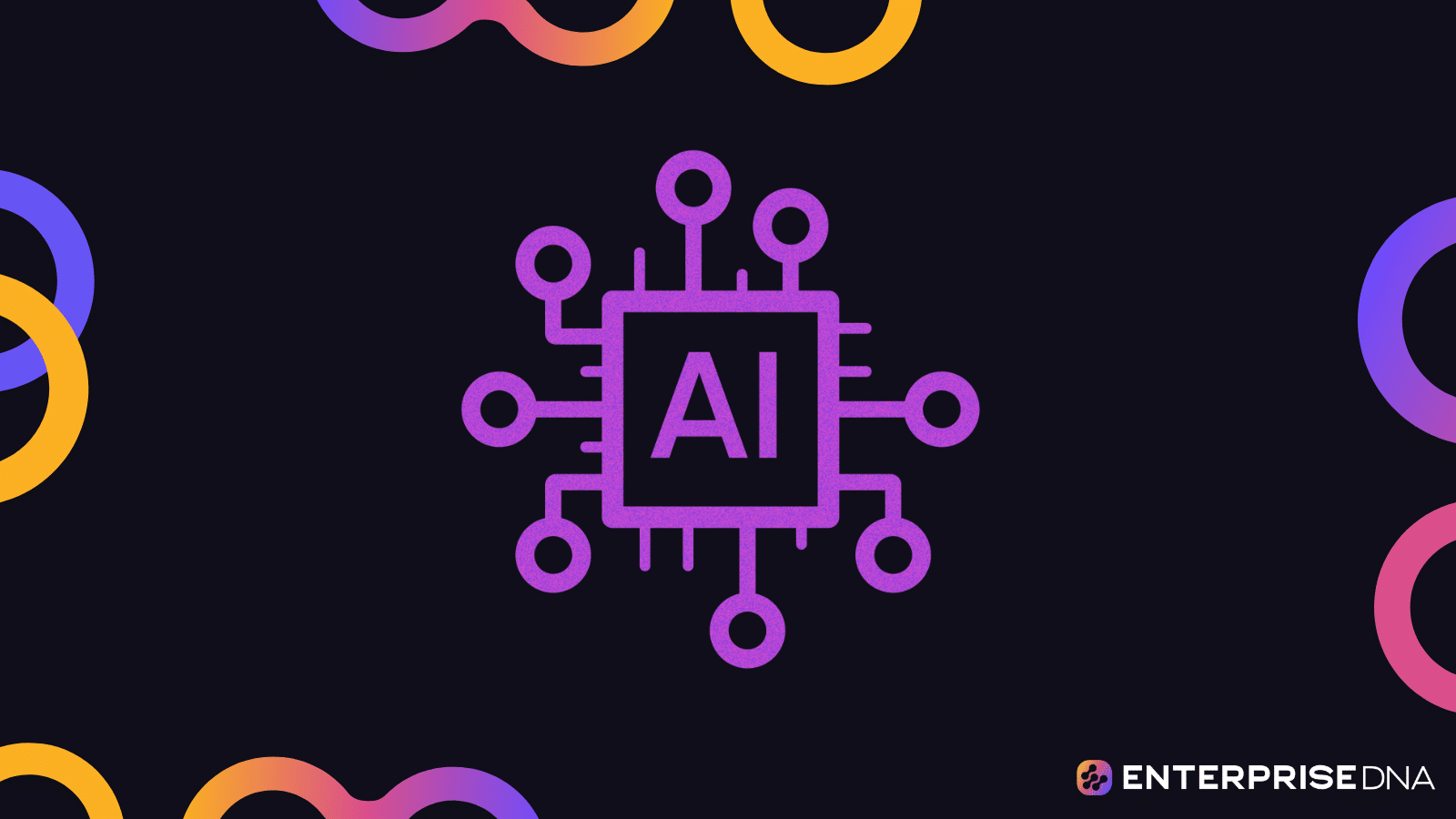You may have heard about the power of neural networks and deep learning and wondered how you could get started on this exciting journey. After all, they are the driving force behind some of the most advanced technologies we see today, like self-driving cars, personalized recommendation systems, and even the algorithms that power virtual assistants like ChatGPT.
But where do you begin? Well, the good news is that with the right tools, resources, and a little bit of patience, you can start your deep learning adventure today!
To get started with neural networks and deep learning:
- Choose a programming language: You can start by choosing a programming language for implementing neural networks. Python is the most popular language for this purpose, with libraries like TensorFlow, Keras, and PyTorch making it easier to build and train your models.
- Understand the basics: You should have a good understanding of the basics of deep learning. This includes understanding the structure of a neural network, different types of neural network architectures, and how to train them using datasets.
- Get hands-on experience: Practice implementing neural networks using real-world datasets. You can start with simple projects and then gradually move on to more complex tasks.
- Stay updated: The field of deep learning is constantly evolving, so it’s important to stay updated with the latest research and developments.
In this article, we’ll explore these steps in more detail and provide you with the resources and guidance you need to get started with neural networks and deep learning.
So, let’s get started on this exciting journey into the world of artificial intelligence!
What Are Neural Networks and Deep Learning?
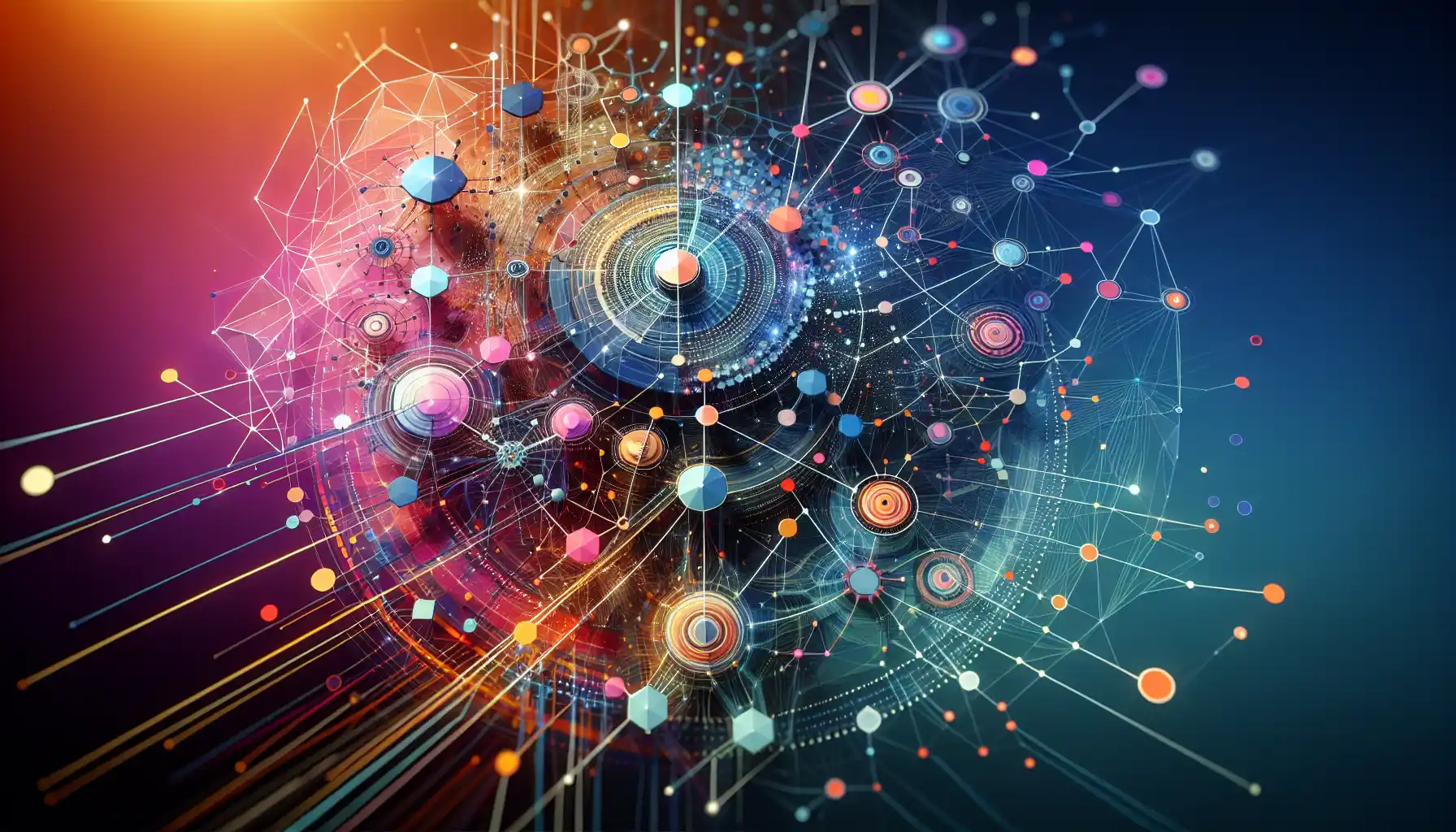
Before we dive into the practical aspects of getting started with neural networks and deep learning, let’s quickly review some of the basics.
What Are Neural Networks?
Neural networks are a type of computer model that’s loosely inspired by the structure of the human brain. They’re a subset of machine learning algorithms, designed to recognize patterns in data and to make decisions based on them.
Neural networks are composed of small computational units called neurons. These neurons are organized into layers: an input layer, one or more hidden layers, and an output layer. The connections between neurons are weighted, and these weights are adjusted during the training process.
What is Deep Learning?
Deep learning is a subset of machine learning, a field of artificial intelligence that focuses on training algorithms to learn from and make predictions or decisions based on data.
What sets deep learning apart from traditional machine learning is that it uses neural networks with many layers (hence the term “deep”) to process data and make decisions. This enables deep learning models to learn from large amounts of data and perform complex tasks with a high level of accuracy.
The most popular type of neural network is the convolutional neural network (CNN), which is used for image classification, object detection, and image recognition. Another important type is the recurrent neural network (RNN), which is commonly used for sequence data such as text, speech, and time series data.
Getting Started With Neural Networks
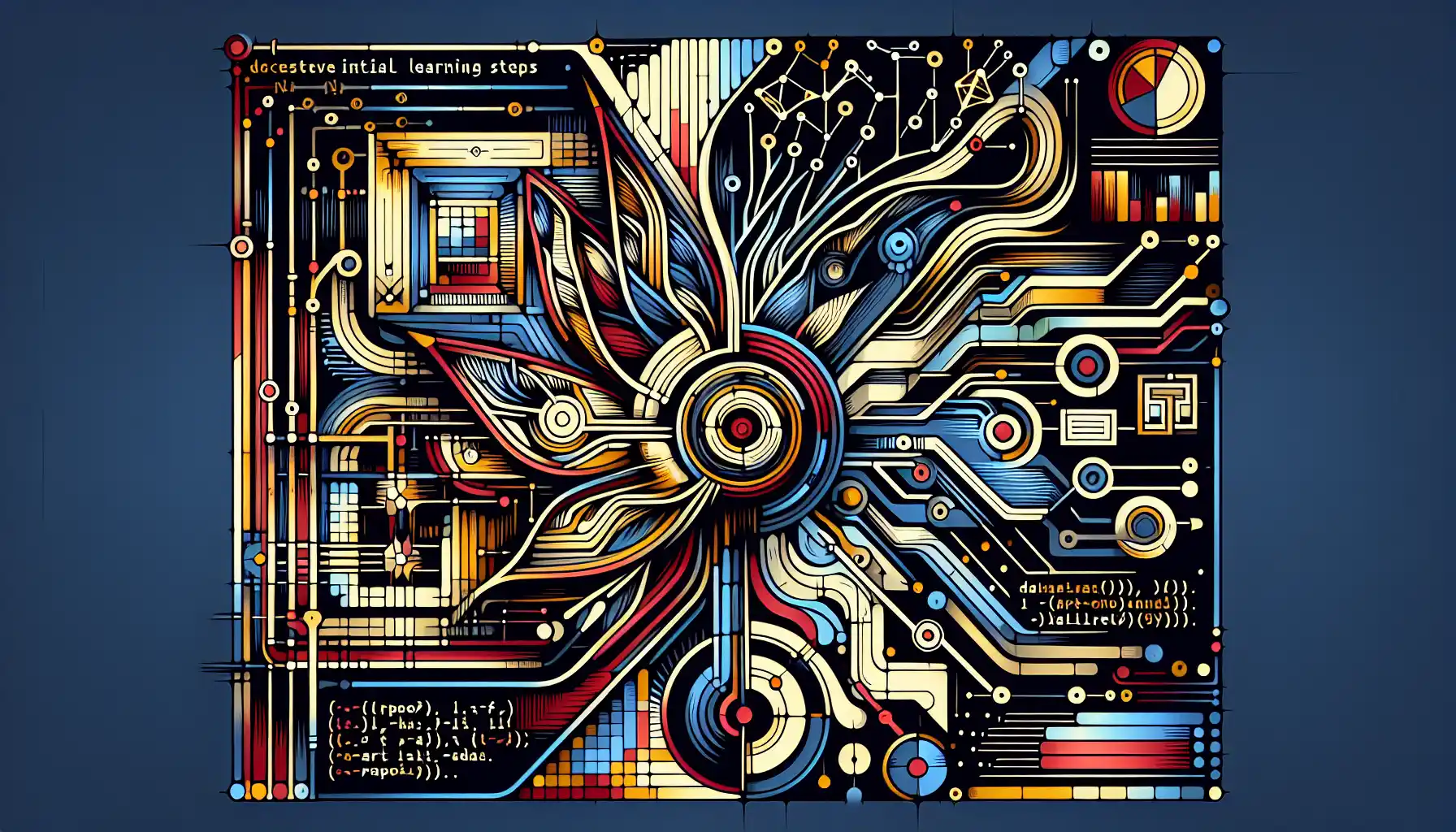
Now that we’ve gone over the basics, it’s time to get started with neural networks and deep learning. In this section, we’ll go over some of the fundamental steps that you need to take to begin your journey into the world of artificial intelligence.
Step 1: Choose a Programming Language
The first thing you need to do is to choose a programming language for implementing neural networks. The most popular language for this purpose is Python, with libraries like TensorFlow, Keras, and PyTorch making it easier to build and train your models.
Step 2: Understand the Basics
Once you’ve chosen a programming language, you should have a good understanding of the basics of deep learning. This includes understanding the structure of a neural network, different types of neural network architectures, and how to train them using datasets.
Step 3: Get Hands-On Experience
The best way to learn is by doing, so it’s important to practice implementing neural networks using real-world datasets. You can start with simple projects and then gradually move on to more complex tasks.
There are a lot of different projects that you can work on to improve your deep learning skills. For example, you can try your hand at image recognition or creating generative models.
Step 4: Stay Updated
The field of deep learning is constantly evolving, so it’s important to stay updated with the latest research and developments. You can do this by following blogs, joining online communities, and attending conferences.
You can also try to replicate some of the latest research in deep learning. This will not only help you stay updated but also improve your practical skills.
6 Tools to Help You Get Started With Deep Learning
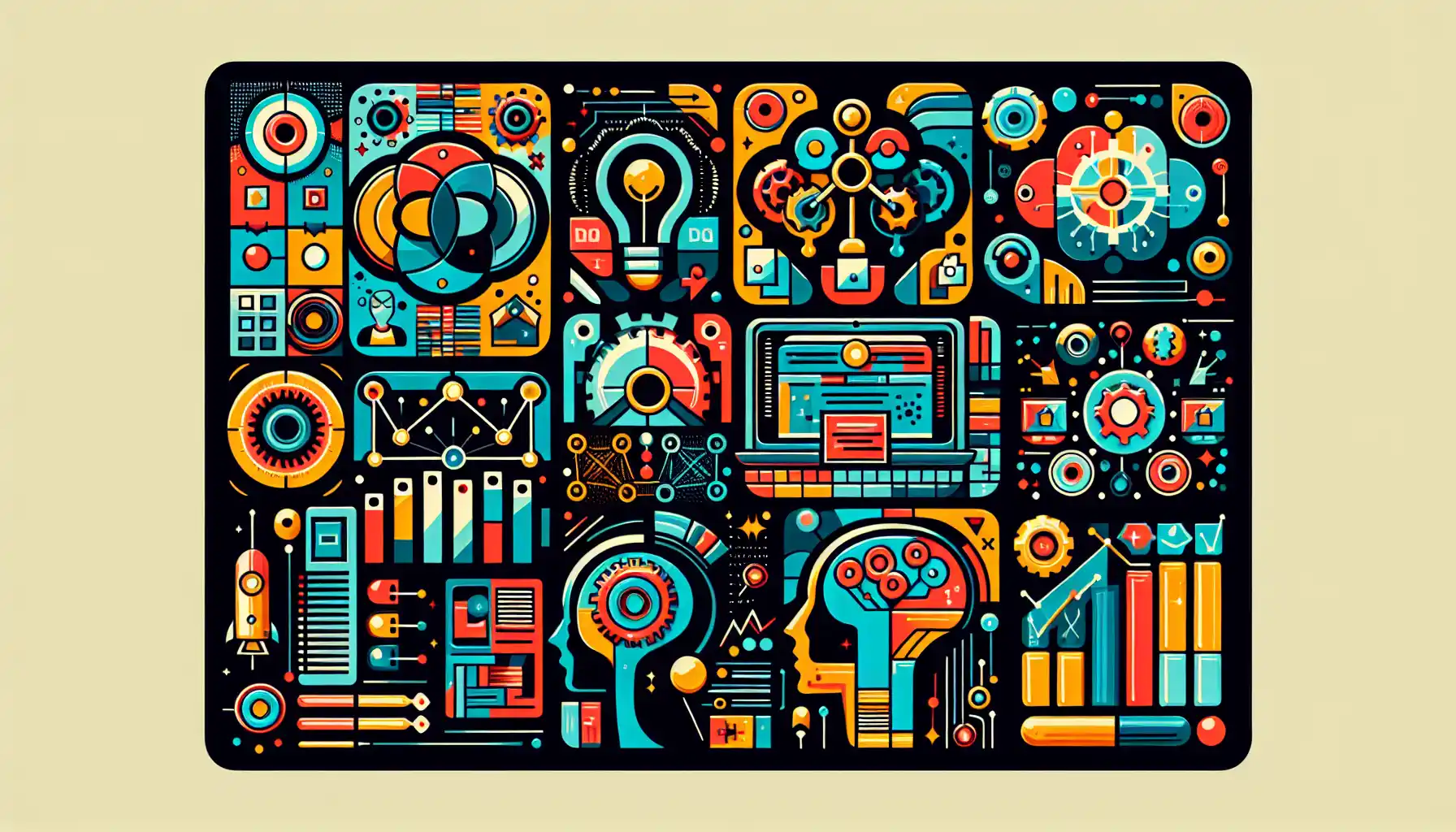
In the world of artificial intelligence, you’ll find a wide variety of tools and libraries that can help you with implementing neural networks. Here are 6 of the most popular tools that you can use to get started with deep learning:
1. TensorFlow
TensorFlow is an open-source deep learning library developed by Google. It is known for its flexibility and efficiency, making it a popular choice for researchers and developers.
2. Keras
Keras is a high-level neural networks API written in Python. It’s capable of running on top of TensorFlow, Microsoft Cognitive Toolkit, Theano, or PlaidML. Keras makes it easy to define and train your neural network models.
3. PyTorch
PyTorch is another popular open-source machine learning library developed by Facebook. It offers a dynamic computation graph, making it more flexible and easier to work with than TensorFlow.
4. Theano
Theano is a numerical computation library for Python that allows you to define, optimize, and evaluate mathematical expressions efficiently. It is often used as a backend for Keras.
5. Caffe
Caffe is a deep learning framework developed by the Berkeley Vision and Learning Center. It is designed for computer vision tasks and is known for its speed and modularity.
6. MXNet
MXNet is a deep learning framework that was initially developed by the Apache Software Foundation. It is known for its scalability and is commonly used for large-scale machine learning tasks.
Final Thoughts
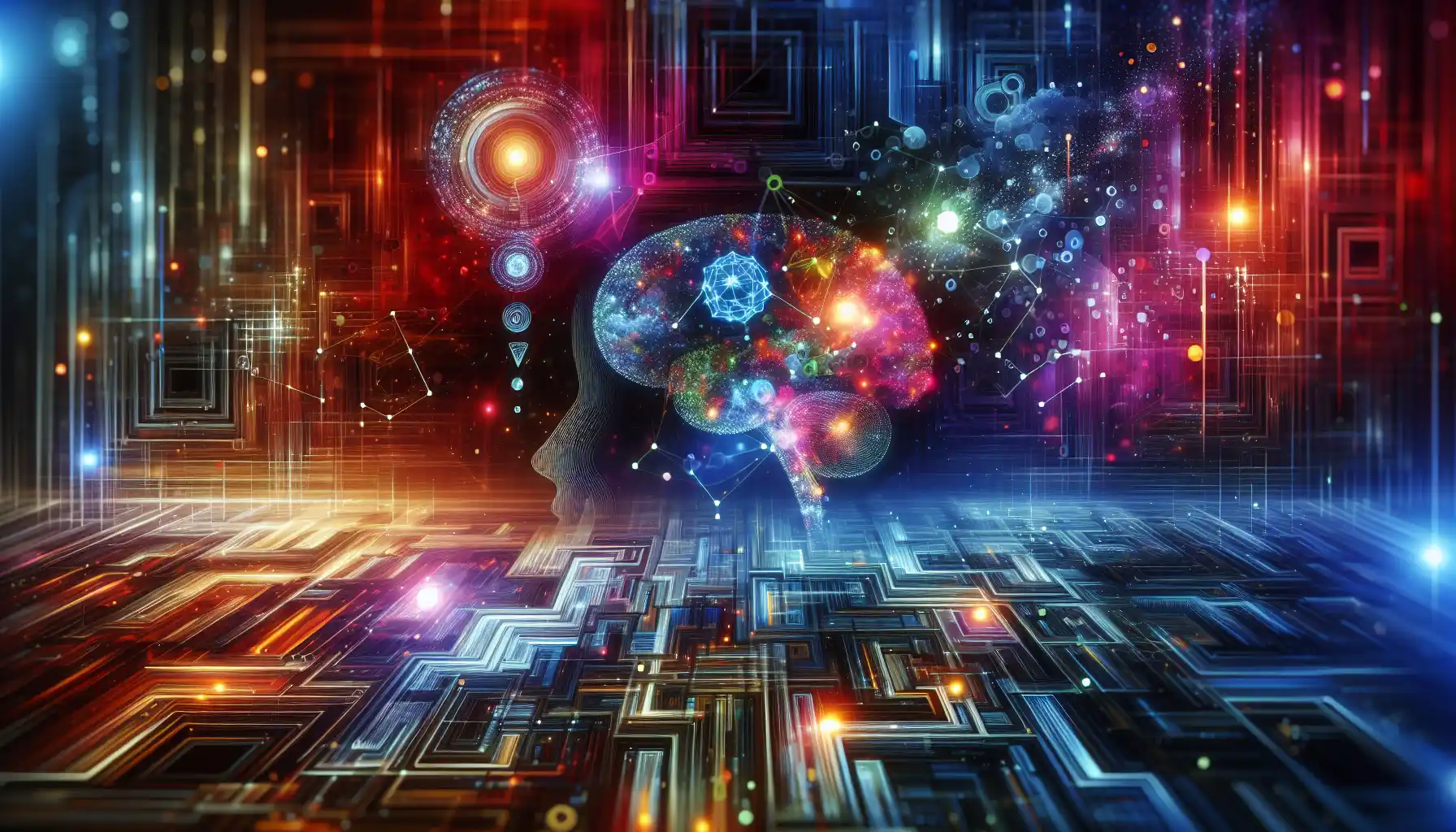
As you start your journey into the world of artificial intelligence, you’ll find that the possibilities are endless. From building your own image recognition system to creating your own virtual assistant, deep learning has the potential to transform the way we interact with technology.
By getting started with neural networks and deep learning, you’re opening the door to a whole new world of possibilities. So, don’t be afraid to dive in and get your hands dirty. With the right tools, resources, and a little bit of patience, you’ll be well on your way to becoming a deep learning pro.
So, go ahead and get started. Who knows what amazing things you’ll be able to create?
Frequently Asked Questions

How do I learn neural networks and deep learning?
To learn neural networks and deep learning, you can start by understanding the basics of artificial neural networks, gradient descent, and backpropagation. Then, you can explore different types of deep learning architectures, such as convolutional neural networks and recurrent neural networks.
You should also familiarize yourself with popular deep learning frameworks like TensorFlow and PyTorch, and work on hands-on projects using real-world datasets to gain practical experience.
What are the best online courses for deep learning?
There are several excellent online courses for deep learning. Some of the best courses include:
- Deep Learning Specialization by Andrew Ng on Coursera: This is a 5-course specialization that covers all aspects of deep learning, from the basics to the latest research.
- Deep Learning with Python and PyTorch by DeepLizard on Udemy: This is a great course for beginners that covers the basics of deep learning using the PyTorch framework.
- CS231n: Convolutional Neural Networks for Visual Recognition by Stanford University: This is a free online course that covers the theory and applications of convolutional neural networks.
What are the most popular books for learning deep learning?
Some popular books for learning deep learning include:
- Deep Learning by Ian Goodfellow, Yoshua Bengio, and Aaron Courville
- Neural Networks and Deep Learning by Michael Nielsen
- Hands-On Machine Learning with Scikit-Learn, Keras, and TensorFlow by Aurélien Géron
- Deep Learning for Computer Vision by Rajalingappaa Shanmugamani
What are the best tutorials for beginners in deep learning?
There are many excellent tutorials for beginners in deep learning. Some of the best tutorials include:
- Deep Learning Basics with Python, TensorFlow, and Keras by Jason Brownlee: This is a great introduction to deep learning using Python and the popular TensorFlow and Keras libraries.
- Neural Networks Demystified by Welch Labs: This is a series of videos that explains the concepts of neural networks in a clear and easy-to-understand manner.
- Deep Learning Tutorials by PyTorch: This is a collection of tutorials that cover the basics of deep learning using the PyTorch framework.
How do I get started with deep learning in Python?
To get started with deep learning in Python, you can begin by installing the necessary libraries, such as TensorFlow, Keras, or PyTorch. These libraries provide a wide range of tools and functionalities for implementing deep learning models.
Once you have the libraries installed, you can start with basic tutorials or courses to understand the concepts and develop your skills. Working on projects with real-world datasets is also a great way to gain practical experience and apply what you’ve learned.
How do I build my first deep learning model?
To build your first deep learning model, you can start with a simple dataset and a basic neural network architecture, such as a feedforward network. Choose an appropriate loss function and optimizer, and then train your model using the dataset.
After training, evaluate your model’s performance and make necessary adjustments. This could include tweaking hyperparameters, modifying the network architecture, or using more complex models. As you gain more experience, you can work on more challenging tasks and develop more sophisticated models.

